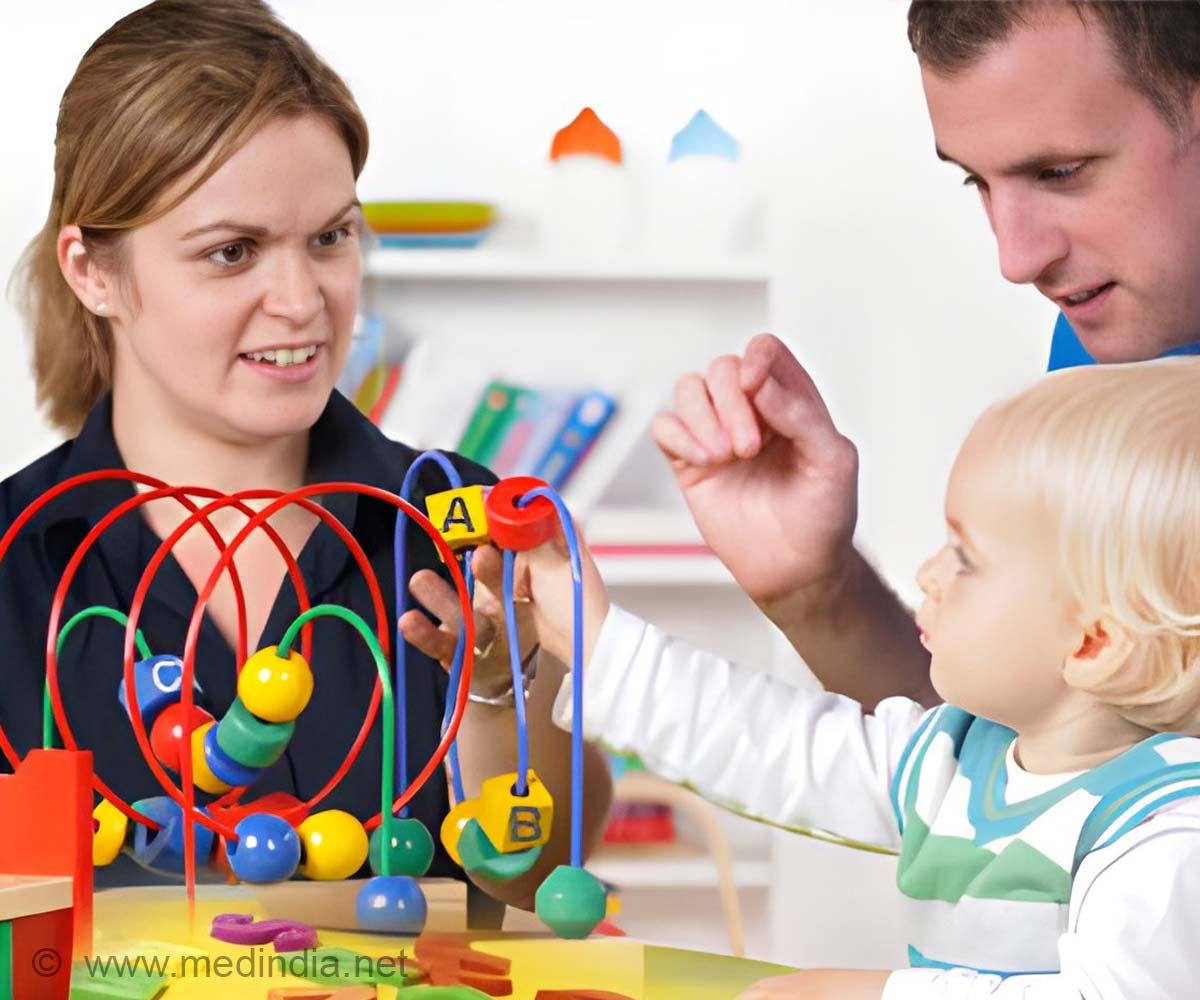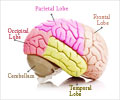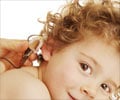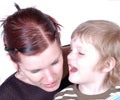Neuroscientists reveal deviations in the brain regions related to developmental language impairments.

The neuroanatomy of developmental language disorder: a systematic review and meta-analysis
Go to source). The researchers investigated brain abnormalities in developmental language disorders. This condition, which impacts the development of various aspects of language, is about as common as attention-deficit/hyperactivity disorder (ADHD) and dyslexia, and more prevalent than autism.
‘Did You Know?
Exposure to rich language environments and interactions with caregivers play a crucial role in fostering language development in children. #language #children #medindia’





The scientists found that abnormalities occurred specifically in the anterior neostriatum within the basal ganglia, a structure found deep in the brain. They describe their findings in Nature Human Behaviour. Exposure to rich language environments and interactions with caregivers play a crucial role in fostering language development in children. #language #children #medindia’
To better understand why language impairments occur, the researchers analyzed the results of 22 articles examining brain structures in people with the disorder and then employed a new computational method to identify common patterns of abnormalities across the studies.
Hope For Children with Language Impairments
They determined that the anterior neostriatum was abnormal in 100% of the studies that examined the structure, with fewer abnormalities in all other parts of the brain.“We hope that by identifying the neural bases of developmental language difficulties we may help increase awareness of a major, but also rather unrecognized, disorder,” says the study’s lead author Michael T. Ullman, PhD, professor of neuroscience and director of the Brain and Language Laboratory at Georgetown University Medical Center.
“We caution, however, that further research is necessary to understand exactly how the anterior neostriatum might lead to language difficulties.”
Ullman says the findings underscore the potential utility of drugs known to improve movement impairments due to basal ganglia dysfunction, such as those that act on dopamine receptors.
Advertisement
Such early warning signs could trigger further diagnostic procedures, potentially leading to early therapy.
Advertisement
Reference:
- The neuroanatomy of developmental language disorder: a systematic review and meta-analysis - (https://www.nature.com/articles/s41562-024-01843-6)
Source-Eurekalert













